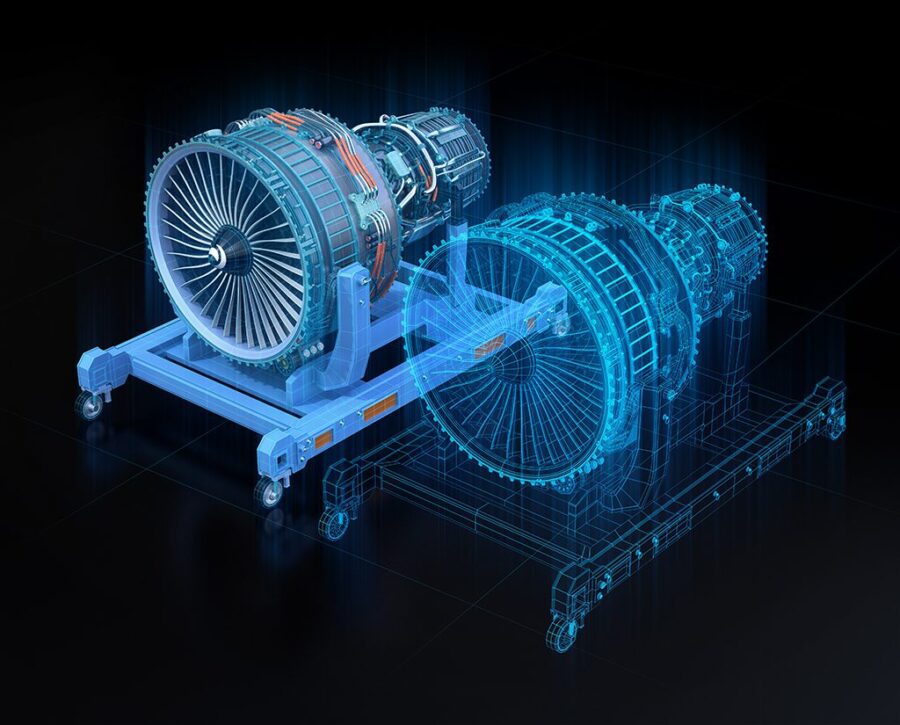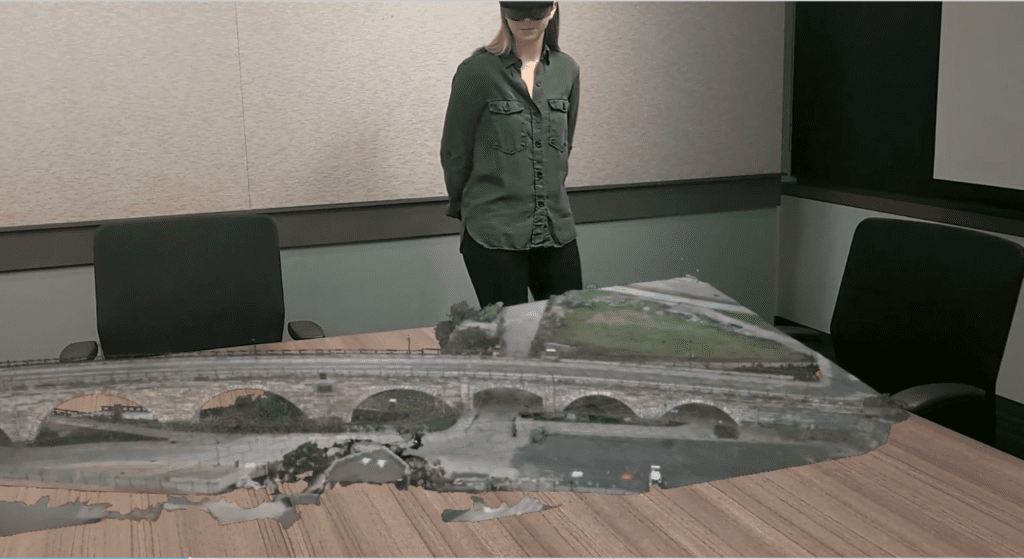
I got involved with the metaverse through digital twins
Digital Twins and Metaverse are both dynamic topics – and in this post, I explain how they interconnect
Firstly, let’s define what we mean by these two terms.
The quintessential example of a digital twin is the wind turbine. A digital twin is a real-time virtual representation of a real-world physical system or process that serves as its digital counterpart of it. Like all models or abstractions, a twin is created for practical purposes i.e. we wish to model a physical system of a phenomenon to understand it better.
The object being studied — for example, a wind turbine — is fitted with various sensors that capture key data points.
These sensors produce data about different aspects of the physical object’s performance, such as energy output, temperature, weather conditions, etc.
This data is then relayed to a processing system and applied to the digital copy(the twin).
so, at a minimum, the digital twin comprises a physical object and a digital representation
In addition, the twin also comprises a feedback loop, visualization, and simulation
More recently, we are seeing the use of Augmented reality / virtual reality (AR/VR) in connection with the twin
This last aspect i.e. AR/VR is the connection to the metaverse
I had yet to see a comprehensive definition of the metaverse, but Matthew Bell presents a good (albeit long) definition of the metaverse in a video (source below) as
The metaverse is a massively-scaled and interoperable network of real-time-rendered 3D virtual worlds that can be experienced synchronously and persistently by an effectively unlimited number of users each with an individual sense of presence; while supporting continuity of data, such as history, identity, communications, payments, entitlements, and objects.
source Mathew Bell

Now that we have defined the meaning of these two terms, let’s see how they interact
In a nutshell, digital twins can be seen as building blocks to the metaverse
In practice that means
1) Through an immersive mechanism, the metaverse provides a way to experience a digital twin
2) the metaverse provides a way to collaborate through a digital twin
3) Causal machine learning is an interesting area that I am interested in
typically, we have a number of sequences in motion
In theory, they could comprise multiple potential causa; relationships
based on factual and counterfactual analysis, many of these could go away and genuine causal relationships could be identified,
The twin and metaverse could help visualize these causal relationships better
4) we can extrapolate a system to the future – scale at system level time t + 1, t +2 etc
5) we can ‘rewind’ a system to the past
references: wikipedia
Image source – azure
